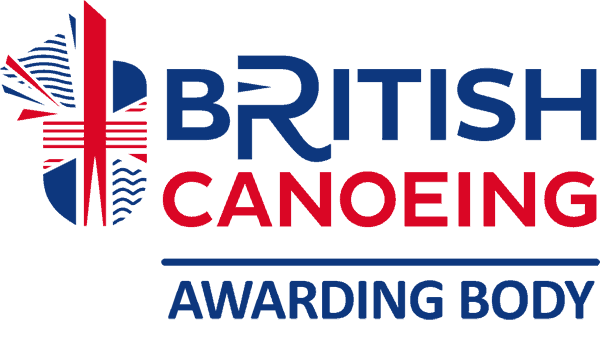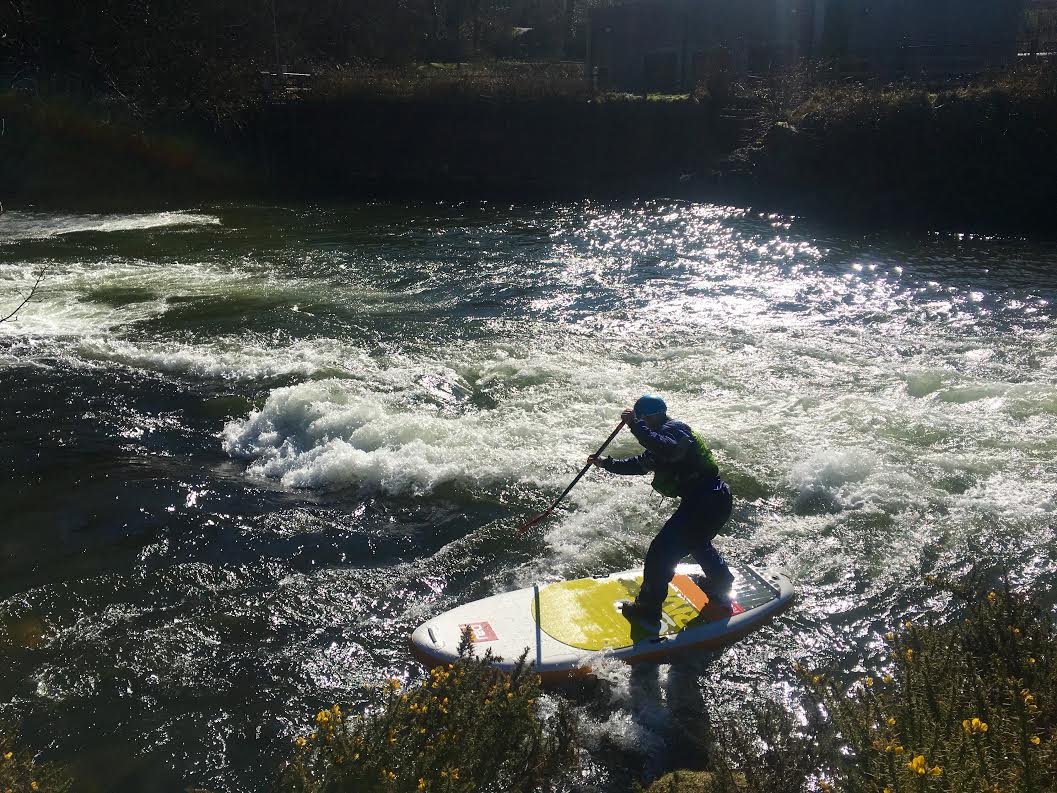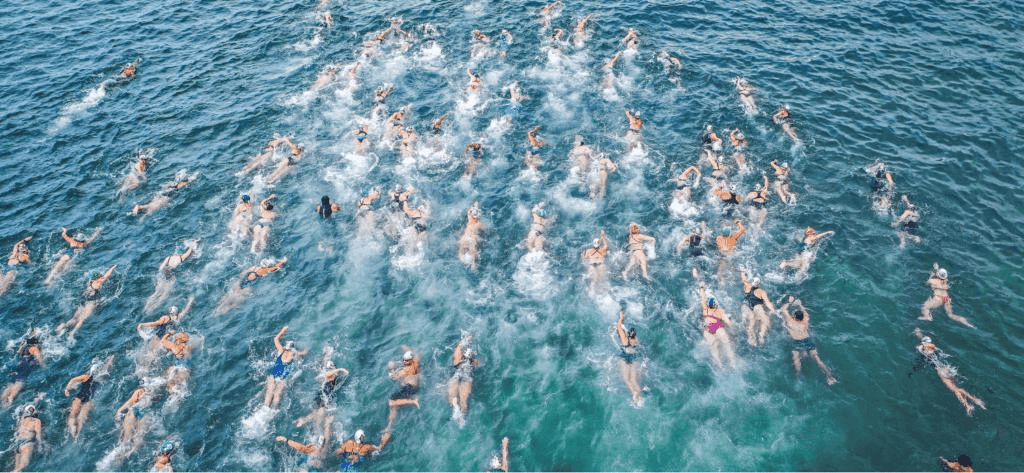Our recently commissioned research on the use of leashes within a white water and flow environment is now available: The full research report
Paddle UK fully appreciate and recognise that there are many experienced SUP White Water paddlers and they are able to make professional judgements and decisions on the use of leashes in such environments.
At present, until further insight and research is available it is our initial recommendation that those paddling a Stand Up Paddleboard in a white water environment do not wear a leash.
The recommendation provided from the research stated:
In the absence of a suitable UK based database our initial recommendation is conservative. As safety equipment, we expect a leash to operate perfectly 100% of the time. On the basis of severity of entrapment, that frequency of swimming as an aspect of SUP and the extremely challenging rescue, we recommend that leashes should not be used on white water until a suitably reliable method of quick release can be identified. This brings SUP paddling, on white-water, in line with the long-standing practices advocated by Paddle UK and Rescue 3 in the UK.
On all British Canoeing Awarding Body Training and Assessment courses we actively encourage providers and participants to explore and discuss safety of which this is expected with the use of leashes, to support education, raise awareness and provide a platform for such discussions. Until further insight or evidence is available as an Awarding Organisation we cannot authorise the use of leashes in a white water environment during our courses, due to the level of risk it presents.
IMPORTANT NOTE: Within a flow, estuary environment our guidance has not changed and that a quick release belt system is used, as well as wearing a buoyancy aid.



